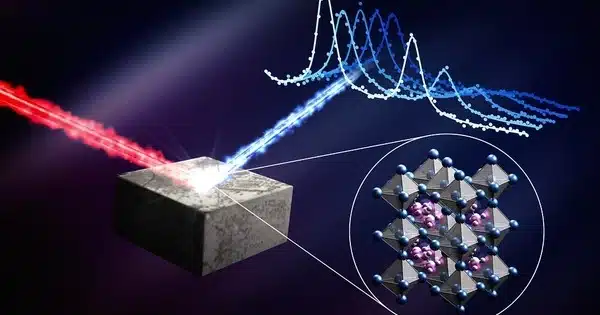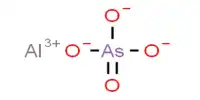A perovskite solar cell (PSC) is a type of solar cell that uses a perovskite-structured compound as the light-harvesting active layer, most commonly a hybrid organic-inorganic lead or tin halide-based material. This is a type of thin-film photovoltaic technology that has received a lot of attention recently. Perovskite materials, such as methylammonium lead halides and all-inorganic cesium lead halides, are inexpensive and easy to produce. These solar cells are based on a unique crystal structure known as “perovskite,” a type of mineral composed of calcium titanate (CaTiO3) that can be easily synthesized using low-cost materials.
Laboratory-scale device efficiencies have increased from 3.8% in 2009 to 25.7% in 2021 in single-junction architectures and to 29.8% in silicon-based tandem cells, exceeding the maximum efficiency achieved in single-junction silicon solar cells.
As of 2016, perovskite solar cells were the most advanced solar technology. Perovskite solar cells have become commercially appealing due to the potential for even higher efficiencies and very low production costs. Their short- and long-term stability are central issues and research topics.
The perovskite solar cell technology has rapidly advanced since its discovery in 2009, with notable improvements in efficiency and stability. Some key characteristics of perovskite solar cells include:
- High Efficiency: Perovskite solar cells have achieved impressive power conversion efficiencies, surpassing 25% in the lab. This is a significant improvement compared to traditional silicon-based solar cells.
- Low-Cost Materials: Perovskite solar cells can be fabricated using low-cost and abundant materials, making them potentially cheaper to manufacture than conventional solar cells.
- Versatility: Perovskite materials can be easily tuned and engineered, allowing for the development of different types of solar cells, including single-junction, tandem, and flexible solar cells.
- Thin-Film Form Factor: Perovskite solar cells are typically fabricated as thin films, which means they can be lightweight and integrated into various applications, including building facades, windows, and even wearable devices.
Advantages
The raw materials used and the fabrication methods available (such as various printing techniques) are both inexpensive. Because of their high absorption coefficient, ultrathin films of around 500nm can absorb the entire visible solar spectrum. When these features are combined, it is possible to create low-cost, high-efficiency, thin, lightweight, and flexible solar modules. Perovskite solar cells have been used to power prototypes of low-power wireless electronics for ambient-powered Internet of things applications, and they may aid in climate change mitigation.
Despite these benefits, perovskite solar cells have some limitations, particularly in terms of long-term stability and durability. Perovskite solar cells’ materials are sensitive to moisture, oxygen, and light, which can cause degradation over time. Researchers are actively working to address these issues and improve the reliability of perovskite solar cell technology.














